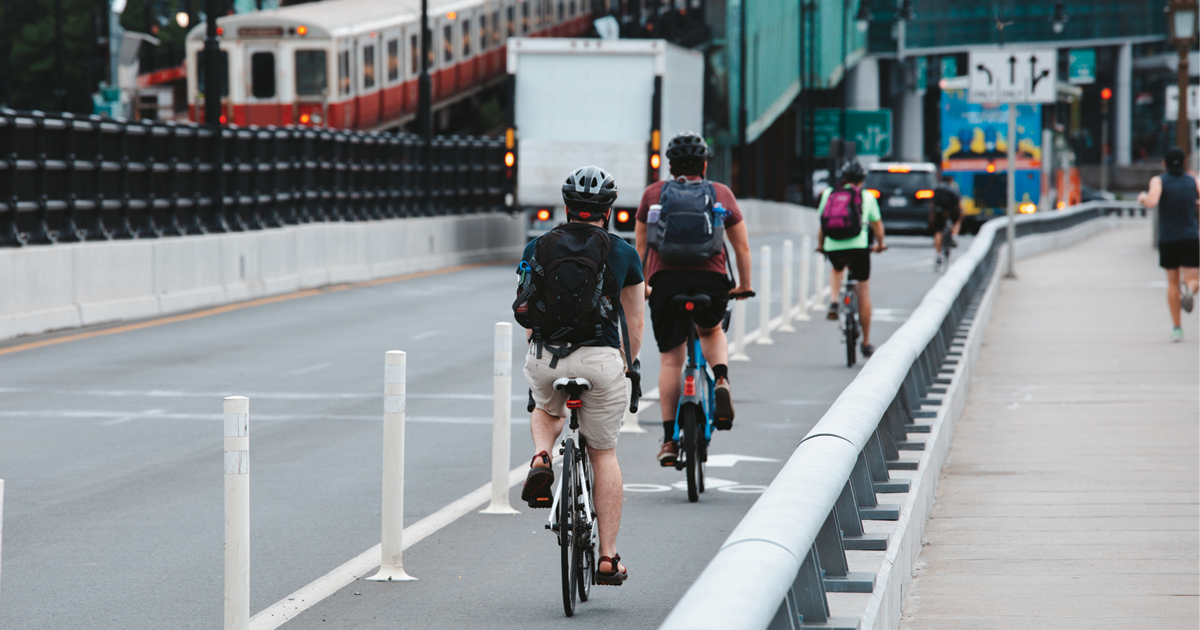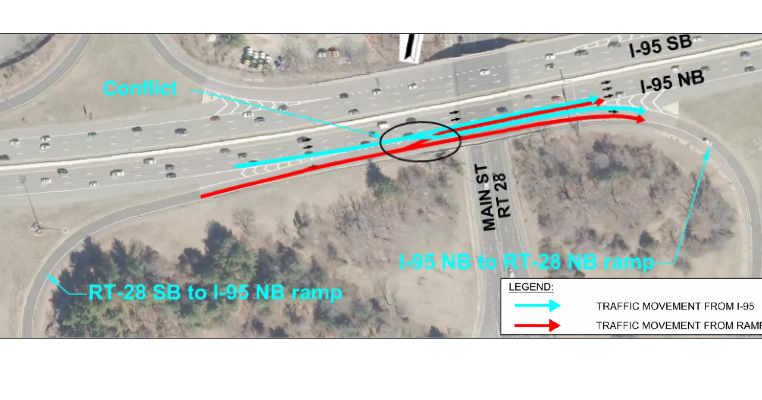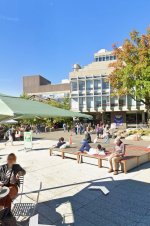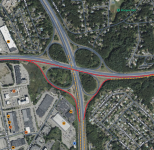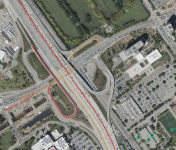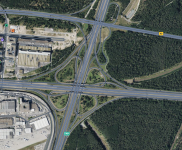I'm generally a fan of public transit/bike-ped investments over highway ones, but there a couple highway interchanges that are congested almost 100% of the time and accident prone and deserve investment. Chief among them is the I-93 and I-95/Rt.128 interchange in Woburn of which the state has been discussing major improvements since at least 2001. The following is a timeline pulled of the proposed improvements from the article linked below. It is a perfect example of the glacial pace at which projects move in Massachusetts -
* 2001: State releases plan to overhaul I-93/I-95 interchange in Wobrun but it would require the loss of 77 homes. Public freaks out. Plan is abandoned. State creates Task Force to provide recommendations on alternatives.
* 2004: Task Force releases recommendations, but State appears to have all but abandoned project.
* 2012: State pursues Environmental Review of proposed $267 m interchange project, but state again appears to drop project.
* 2022: State returns to project, focusing on temporary "Quick fixes"
* 2024: State releases plans for proposed temporary "Quick Fix" that will cost $9 million and not require any land takings or easements.
* 2028: Optimistically State hopes to break ground on "Quick Fix" improvements by 2028 after completing design work in 2026.
With state officials estimating a total cloverleaf overhaul will require a minimum investment of $276.7 million, it’s an admitted $9 million bandaid aimed at partially alleviating accident and congestion issues

homenewshere.com
Am I missing something or does the state's timeline to construct a relatively cheap Quick Fix improvement - with no eminent domain - take about the same amount of time that an average state takes to complete a major transportation upgrade? How the hell does a relatively cheap temporary 'quick fix' interchange improvement take at least 6 years?
Massachusetts is a great place to live in many ways. But I feel like we are an SNL skit when it comes to project management/delivery. It is just embarrassing. The Globe described the proposed Somerville-Everett bike/ped bridge as "a very Massachusetts kind of project" for its chronic delays and it perfectly sums up how we approach projects.
